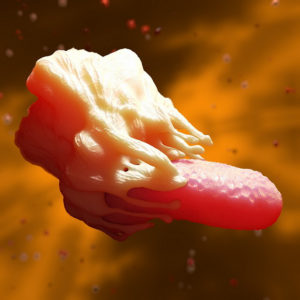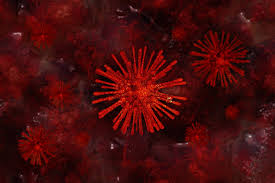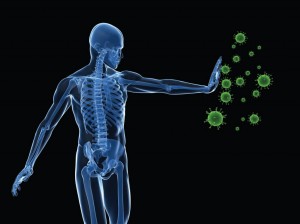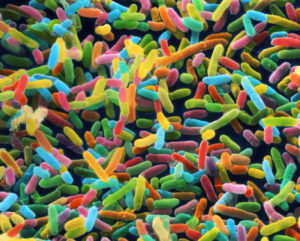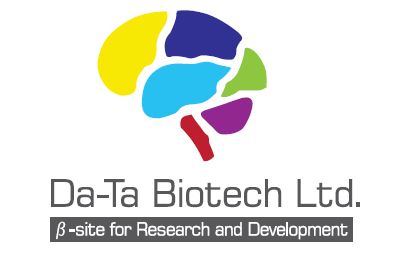Abstract
Heteroplasmic mitochondrial DNA (mtDNA) mutations are a common cause of inherited disease, but a few recurrent mutations account for the vast majority of new families. The reasons for this are not known. We studied heteroplasmic mice transmitting m.5024C>T corresponding to a human pathogenic mutation. Analyzing 1167 mother-pup pairs, we show that m.5024C>T is preferentially transmitted from low to higher levels but does not reach homoplasmy. Single-cell analysis of the developing mouse oocytes showed the preferential increase in mutant over wild-type mtDNA in the absence of cell division. A similar inheritance pattern is seen in human pedigrees transmitting several pathogenic mtDNA mutations. In m.5024C>T mice, this can be explained by the preferential propagation of mtDNA during oocyte maturation, counterbalanced by purifying selection against high heteroplasmy levels. This could explain how a disadvantageous mutation in a carrier increases to levels that cause disease but fails to fixate, causing multigenerational heteroplasmic mtDNA disorders.
INTRODUCTION
Over 100 different single-nucleotide variants of the 16.6-kilobase (kb) mitochondrial genome (mtDNA) cause mitochondrial disorders affecting ~1 in 8000 humans (1, 2), but a very small number of independently recurring mutations present in the clinic, with m.3243A>G being overwhelmingly the most common, accounting for 80% of adults with a pathogenic heteroplasmic mtDNA mutation (3). The next most common heteroplasmic mutation in adults with mtDNA disease is m.8244A>G, found in only 3% of affected individuals (3). The reasons for this are not known. A reanalysis of 8391 high-depth human mtDNA sequences for variants present at >1% heteroplasmy (4) showed no enrichment for known pathogenic mutations among the low-level heteroplasmies (<5% heteroplasmy, P = 0.27; <2% heteroplasmy, P = 0.74). Thus, the prevalence of specific mtDNA mutations in clinics from the same geographic region (3) is not solely related to the frequency of de novo mutations in the population and, at least in part, is likely to reflect the propagation of preexisting low-level heteroplasmy to high-level heteroplasmy that causes disease.Initially, all mtDNA mutations affect a proportion of the many mtDNA molecules within a cell (heteroplasmy). Heteroplasmic mtDNA variants segregate rapidly during maternal transmission because of a germline genetic bottleneck. In mice, humans, and other vertebrates, the fertilized single-cell zygote contains >100,000 mtDNA molecules per cell, falling to a few hundred molecules per cell in primordial germ cells (PGCs) forming the newly committed germ cell lineage (5–7). The reduction in cellular mtDNA content is sufficient to explain most of the variation in heteroplasmy seen in primary oocytes, which go on to form the next generation (6, 7), but there is emerging evidence that other forces come in to play. The signature of selection has been seen in the offspring of several species (8–11), including humans (4), typically limiting the inheritance of deleterious mutations that compromise oxidative phosphorylation. This raises the question—If selection “purifies” the mtDNA population during germline development, how do pathogenic mtDNA mutations ever reach levels that cause human diseases?Here, we show the signature of selfish mtDNA propagation in mice transmitting the m.5024C>T tRNAAla mutation on a haplotype with the m.13715C>T/ND6 variant (12, 13). Analyzing single oocytes, we observed a preferential increase in mutant mtDNA during late oocyte development, where very high levels were also prevented by purifying selection. Although limited to one specific mtDNA mutation in mice that is rare in humans (14, 15), the inheritance pattern resembles several different human pathogenic mutations, implying a that common mechanism exists across species and for more than one mutation. Our findings for the m.5024C>T tRNAAla mutation provide an explanation why and how a disadvantageous mtDNA haplotype can be preferentially transmitted to the next generation but fails to fixate in the female germ line, potentially leading to multigenerational heteroplasmic pedigrees.
RESULTS
To explore potential mechanisms responsible for the preferential transmission of mutant mtDNA, we studied the m.5024C>T tRNAAla mutation in mice (12, 13), which compromises oxidative phosphorylation when >90% of molecules are affected in cardiomyocytes and corresponds to the known m.5650G>A pathogenic mtDNA mutation in humans (14, 15). First, we measured heteroplasmy levels in different organs at different ages (Fig. 1A), confirming that ear biopsy heteroplasmy levels are representative of mean tissue levels in different organs (16). Next, we measured heteroplasmy levels in 42 female mice and their 1167 offspring (Fig. 1, B and C). This showed evidence of positive selection when the mutation was transmitted from mothers with low heteroplasmy levels, and purifying selection against high heteroplasmy levels (>90%). A reconsideration of published data (8) from the m.3875delC tRNAMet heteroplasmic mouse showed the same signature [figure 3 in (8)], which had not been previously noted, indicating that this pattern was not specific to one mtDNA mutation. In keeping with human data (4), the age of the mother did not influence the transmission of heteroplasmy (Fig. 1D).


